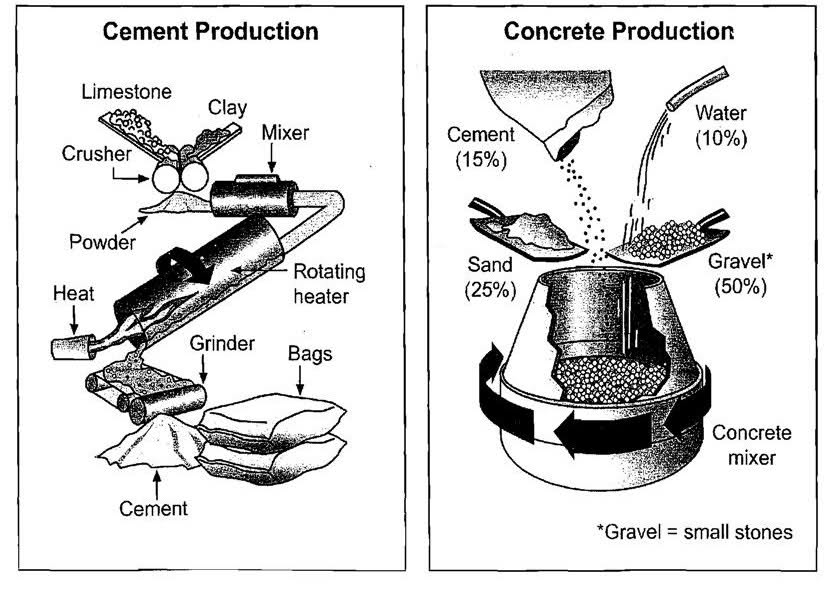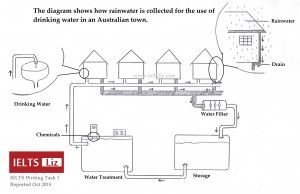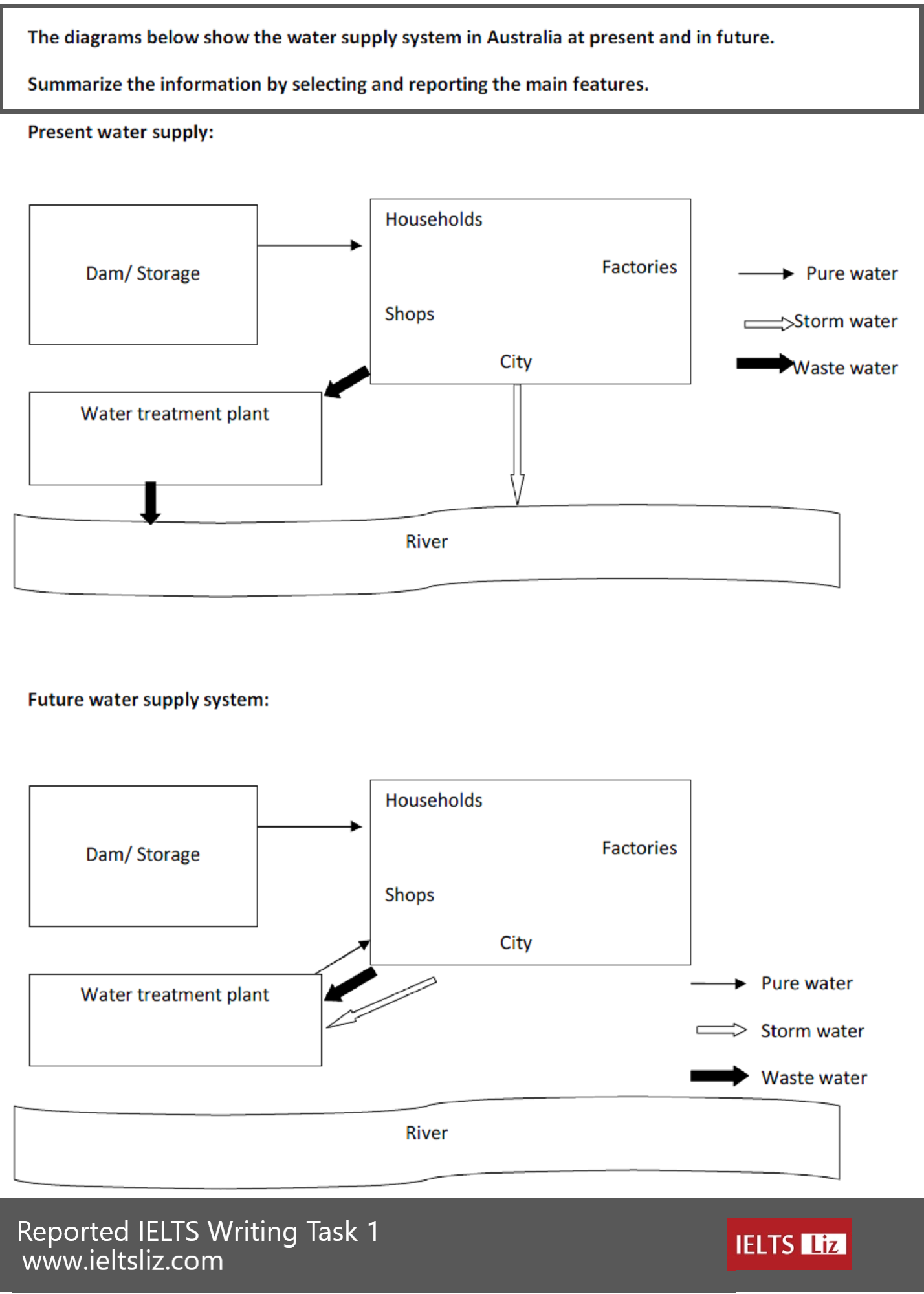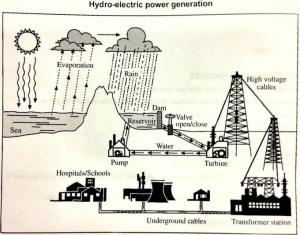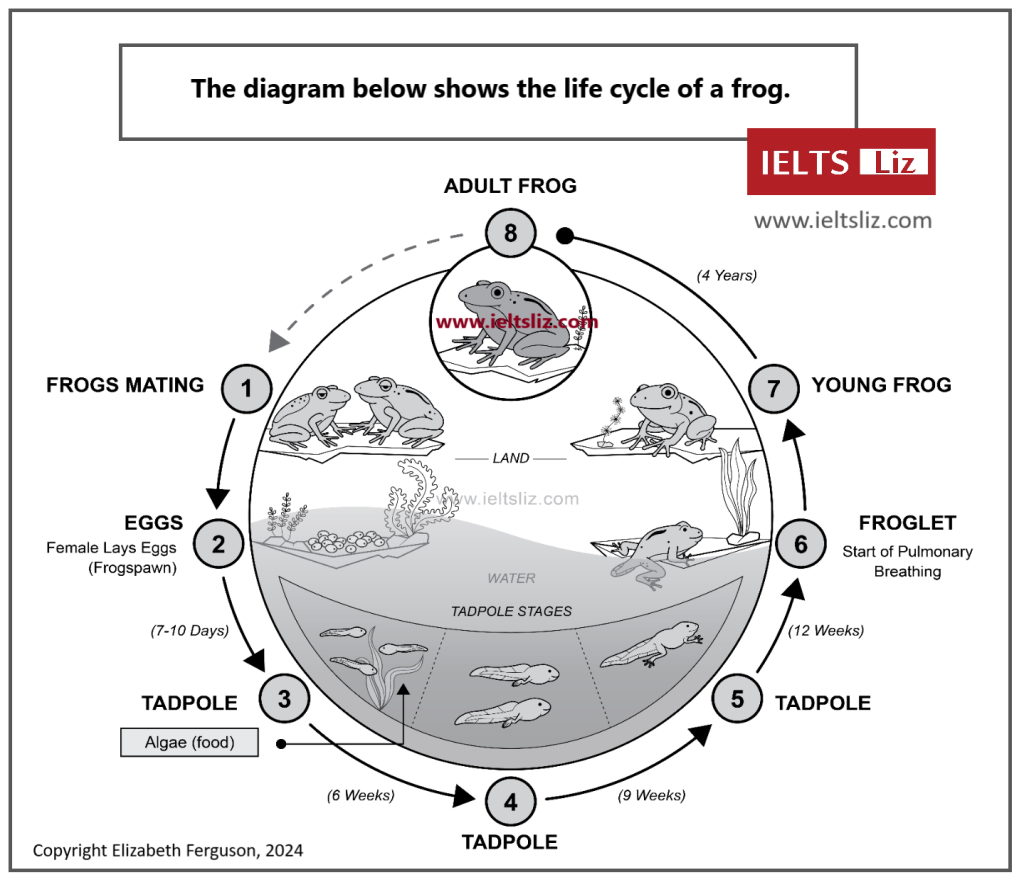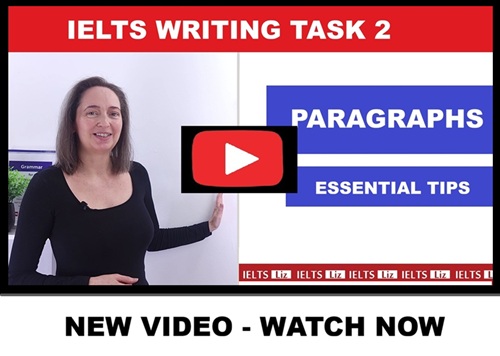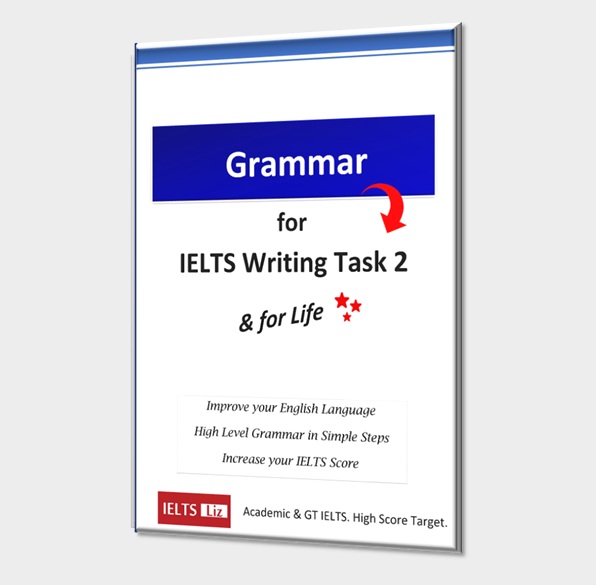This IELTS diagram model answer is estimated at band score 9. It is possible to have a diagram in your IELTS writing task 1 academic paper. A diagram is also known as a process. The diagram shown below is from IELTS Cambridge Book 8, Test 3.
IELTS Diagrams
IELTS Diagrams come in two types:
Type 1: Diagram about a Cycle
This could be about a nature cycle or a life cycle.
Type 2: Diagram about a process
This could be a process of how to make something or how something works.
They both have the same techniques, the same layout, the same language, the same linking devices – everything is the same.
How to Tackle an IELTS Diagram
- Write an introduction from the description given. This is a short, factual introduction.
- The overview summarises the key stages of the diagram.
- The body paragraphs should be organised with stages in a logical order.
- Don’t miss any stages. You will be marked down for missing a stage.
- Paraphrase only when necessary and only when you know the word you plan to use is perfect. The biggest reason for vocabulary errors in IELTS writing is over-paraphrasing and poor paraphrasing. You don’t need to change all words.
- Using linking words to connect stages and to highlight the order that things happen.
- The instructions tell you to write over 150 words, but to get a high score, you should aim for about 170-190 words depending on the task given. If you write over 210 words you are likely to be marked down for getting lost in detail instead of focusing on key features.
IELTS Diagram Model Answer
The diagram below shows the stages and equipment used in the cement-making process, and how cement is used to produce concrete for building purposes.
- Source: IELTS Cambridge English Test Book
Diagram Model Answer
The diagrams illustrate the steps and equipment involved in the production of cement and the way in which cement is then used to make concrete.
Overall, limestone and clay pass through four stages before being bagged ready for use as cement. Cement is then combined with three other materials to create concrete. While the process of making cement uses a number of tools, the production of concrete is simpler and requires only a concrete mixer.
In the first stage of making cement, limestone and clay are crushed together to form a powder using a crusher. This powder is then combined in a mixer before passing into a rotating heater which has constant heat applied at one end of the tube. The resulting mixture is ground in order to produce cement. The final product is afterwards put into bags ready to be used.
Regarding the second diagram, concrete consists of mainly gravel, which is small stones, and this makes up 50% of the ingredients. The other materials used are sand (25%), cement (15%) and water (10%). These are all poured into a concrete mixer which continually rotates to combine the materials and ultimately produces concrete.
Comments: This diagram gives a concise introduction. The overview contains key features of both diagrams and also highlights the connection between them. The body paragraphs are organised well and linking devices are used flexibly and accurately. Each body paragraphs explained the steps of each process in a logical order. Complex sentences are accurate and there is also passive voice used. Collocations are well used.
RECOMMENDED FOR YOU
- Diagram: Life Cycle
- bar chart model
- line graph model
- table model
- pie chart model
- map model
- All Writing Task 1 Tips and Model Answers
……………………………………………………………………..
.
